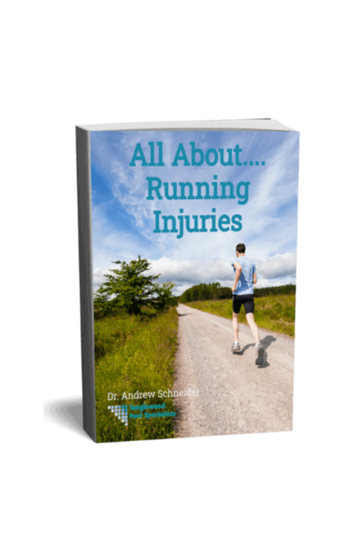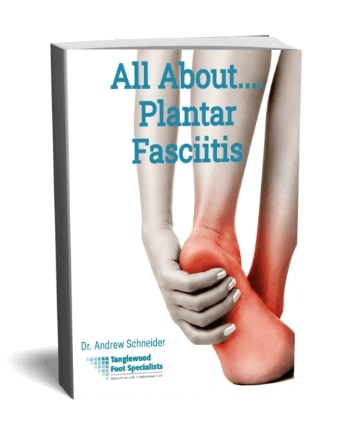 Running does your body and mind good, so if you decide to take up the sport, then kudos.
Running does your body and mind good, so if you decide to take up the sport, then kudos.
Although running is one of the most convenient sports, becoming a runner requires more than buying some fancy running shoes and putting one foot in front of the other.
Running puts a lot of stress on your muscles, joints, bones, and ligaments. And logging more miles than you should lead to ankle, foot, hip, knee pain, or injuries.
No matter how fit or careful you're, sooner or later, you're likely going to face an injury from the miles.
But fret no more. In this article, I'll share with you some of my best guidelines for becoming a runner without getting injured so that you can train safely and comfortably.
Sounds great?
Let's get started.
Start With Your Doctor
If you're out of shape or worried about an existing injury or condition, see your doctor first before you lace up your shoes. Remember, your goal is to add running into your life to help you live better, not make your health worse.
During your visit, discuss your training plan and goals with your doctor and have them assess your plan or any potential health risks. They may have a few training suggestions and can address any questions or limitations you might have.
For example, some medications and conditions can impact your heart rate, breathing, and your ability to run. So, although running short and easy should be harmless, you can't be too safe.
Already have a history of injuries or conditions? Then bring them up with your doctor and ask if they have any recommendations on preventing a flare-up.
The Walk/Run Method
Can't run more than a few minutes without losing your breath? It's perfectly fine.
As a beginner, don't expect to make it through a mile or two without having to stop.
The best way to start running is to follow the walk/run method. This can help improve your endurance without overloading your body.
The walk-run method consists of running for a set amount of time, walking for a set amount of time, and then repeating the pattern.
Then, over time, you slowly build the jogging portions until you can run for 30 minutes non-stop.
Recover Well
 Although consistent practice is key for fitness success, running every day causes more harm than good. Logging the miles puts a lot of stress on your body, which forces it to adapt, making you stronger in the process.
Although consistent practice is key for fitness success, running every day causes more harm than good. Logging the miles puts a lot of stress on your body, which forces it to adapt, making you stronger in the process.
Running and other forms of exercise create micro-tears in your muscles. The rebuilding process can only happen during your recovery. Otherwise, skipping on recovery can do more harm than good. And you don't want that.
The following tips should help maximize your recovery:
- Avoid running every day – instead, space out your sessions with at least one day off. Take more between quality workouts. This is especially the case when you first start.
- Active rest – During non-running days, feel free to cross-train by engaging in low-impact activities. Examples include strength training, yoga, spinning, and swimming.
- Eat well – junk food makes things worse. Remember to refuel. I'd recommend a 3-1 ratio of carbs to protein. Think of a banana with peanut butter within 30 minutes of finishing your workout to help replenish your body so you can recover quicker.
- Stretch regularly – Stretching helps release tension in your muscles and improve flexibility and mobility – all of which help protect your body against injury and speed recovery.
Listen to Your Body
This is undoubtedly the most important piece of running advice – running through pain will only cause more pain. And this is the case whether you’re starting running for the first time, or trying to improve your 5K time.
Running injuries are mostly overuse injuries. They gradually build up and come with a set of warning signs, such as soreness, aches, and chronic pain.
As a rule, if you feel off, it's best to skip training that day. Don't want a rest day? Then consider scaling back on your running distance or time until you feel back to normal.
Already in pain? At the very least, know what type of pain is typically ok to run through versus what needs to be looked at.
Only a doctor can give you medical advice, but as a general guideline, you might be able to keep running through:
- Discomfort that eases as you run
- Muscle soreness is normal and will fade away in a couple of days.
- An uncomfortable ache that's still tolerable
However, stop running if you experienced any of the following:
- Pain that gets worse the more you run
- Stabbing and sharp pain
- Pain that forces you to change your gain or limp.
Take a couple of days off training when you experience any of these signs.
Cross train or stay off your feet if you have to. If two days isn't enough, feel free to take as many days as possible. Only go back to training once you can do it pain-free.







